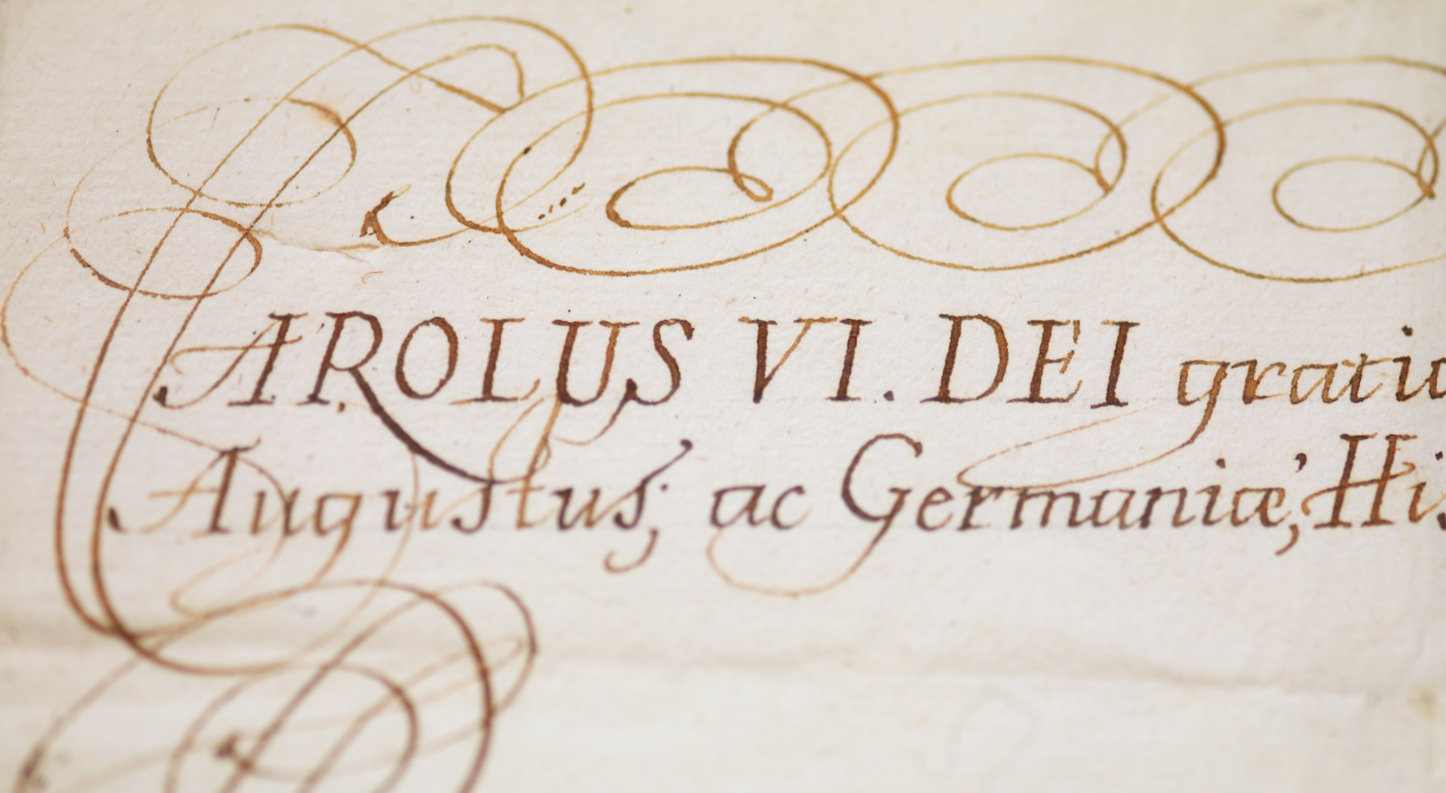Paper

The invention of paper is generally ascribed to Ts’ai Lun, who is assumed to have invented the material in China around the 2nd century AD. In comparison to papyrus, the newer, less cost-intensive material paper was predominately spread via the trade routes of the time.
Clear, fresh water was equally important to the production of top quality paper as was excellent craftsmanship and technical knowledge. Trade secrets were commonly only handed down within families. Rags (hemp, flax, later on cotton fibres) used to be sorted, cleaned, cut, fermented, macerated, stamped, beaten and repeatedly washed with fresh, clean water. To form a sheet, a sieve like mould with a deckle was dipped into a heated vat containing the thus derived, diluted pulp. Having been raised horizontally to the surface, each sheet was being couched, pressed and hung up to dry, before the paper was sized, hung up to dry again and repeatedly pressed. Finally to acquire especially beautiful, smooth paper, the sheet was burnished as a finishing step.
Papermaking techniques have undergone several changes over time and were further developed. During 19th century industrialism, cellulose fibres necessary for the production of paper and originally derived from textile rags were substituted with wood and a new type of paper was being introduced.
Even nowadays top quality hand-made paper is similarly manufactured like historic sheets: dipped by hand, sheet by sheet.
A typical problem of paper may be found in acidic pH-values. Not only does this cause disfiguring discolorations, but may also lead to a general embrittlement of the material. To take remedial measures and stabilise paper-based objects and therefore safeguard them from further decay, it may be desirable to raise pH-values to a neutral level and buffer items as a long-term preservation measure.
